I found two solutions:
1) As suggested by neural5torm, you can add the segmented control to an UIView with the same background color of the navigation bar
You can remove UINavigationBar's hairline in this way:
for (UIView *view in self.navigationController.navigationBar.subviews)
{
for (UIView *view2 in view.subviews)
{
if ([view2 isKindOfClass:[UIImageView class]])
{
[view2 removeFromSuperview];
}
}
}
This is ok for not translucent navigation bar.
If you want a translucent navigation bar:
2) Subclass UINavigationBar to create a taller bar by overriding sizeThatFits
- (CGSize)sizeThatFits:(CGSize)size
{
size.width = self.frame.size.width;
size.height = your height (probably 88.0f);
return size;
}
To use your custom navigation bar:
UINavigationController *navController = [[UINavigationController alloc] initWithNavigationBarClass:[YouNavigationBar class] toolbarClass:nil];
[navController setViewControllers:@[viewController]];
Title and button items will be at the bottom. Adjust their vertical positions (in the init of your custom navigation bar or via appearance proxy)
// Title view
[self setTitleVerticalPositionAdjustment:-dy forBarMetrics:UIBarMetricsDefault];
// Button item as icon/image
[[UIBarButtonItem appearanceWhenContainedIn:[YourCustomNavigationBar class], nil] setBackgroundVerticalPositionAdjustment:-dy forBarMetrics:UIBarMetricsDefault];
Look at the UIBarButtonItem class reference, there are also setTitlePositionAdjustment and other methods for back button
When you create your segmented control, add it to the navigation bar
[self.navigationController.navigationBar addSubview:segmentedControl];
The segmented control will be at the top. Adjust its vertical position by overriding didAddSubview in your custom navigation bar
- (void)didAddSubview:(UIView *)subview
{
[super didAddSubview:subview];
if ([subview isKindOfClass:[UISegmentedControl class]])
{
CGRect frame = subview.frame;
frame.origin.y += your extra height (probably 44.0f);
subview.frame = frame;
}
}




